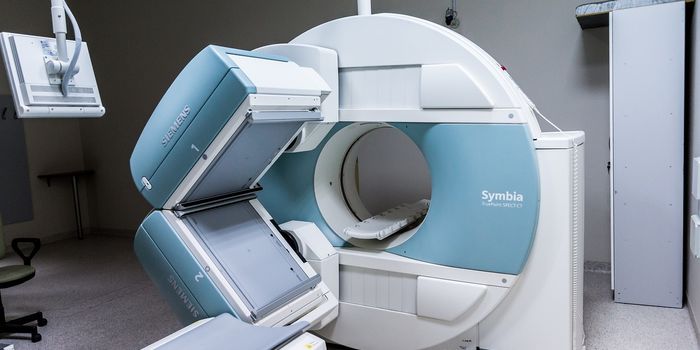Smartphone App May Diagnose Childhood Respiratory Problems
Smartphone apps with incorporated automated cough analysis technology could help in the diagnosis of childhood respiratory disorders.

Specifically, in a multi-disciplinary study published in the open access journal Respiratory Research, scientists at Curtin University and The University of Queensland, Australia, have demonstrated that that a smartphone app held high accuracy (between 81% and 97%) in diagnosing a broad spectrum of childhood respiratory disorders such as asthma, croup, pneumonia, lower respiratory tract disease and bronchiolitis.
"It can be difficult to differentiate between respiratory disorders in children, even for experienced doctors. This study demonstrates how new technology, mathematical concepts, machine learning and clinical medicine can be successfully combined to produce completely new diagnostic tests utilizing the expertise of several disciplines,” says Dr. Paul Porter, corresponding author of the study.
The app was developed based on similar technology used in speech recognition by recognizing features of coughs that are unique to the five different respiratory diseases. Upon developing the app, researchers used it to categorize coughs of 585 children between the ages of 29 days to 12 years who were patients treated at two hospitals in Western Australia.
Efficacy of the automated cough analyzer was determined through comparative analysis between the technology’s own diagnosis versus the diagnosis determined by a panel of pediatricians based on their findings from imaging results, laboratory results, hospital charts, and all other available clinical investigations.
Learn more about how to recognize clinical features of common pediatric respiratory problems:
Further analysis showed that the technology is able to accurately diagnosis without the need of a clinical examination by a physician, which addresses a major limiting feature of present telehealth consultations used to provide clinical services remotely. Additionally, not requiring the need for a clinical examination may allow targeted treatments to begin sooner.
"As the tool does not rely on clinical investigations, it can be used by health care providers of all levels of training and expertise. However, we would advise that where possible the tool should be used in conjunction with a clinician to maximize the clinical accuracy,” says Dr. Porter.
Source: Science Daily








